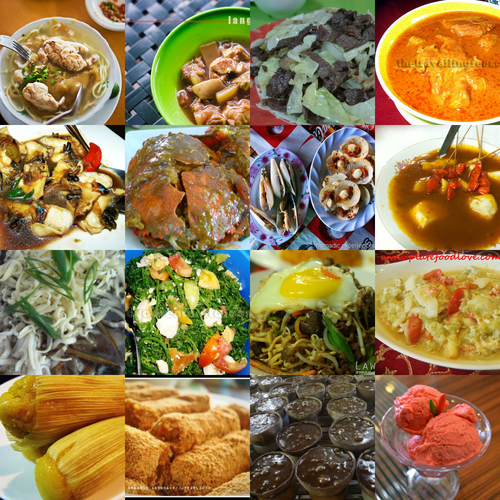Having more than 7000 islands, geography plays an important role in the way Filipinos prepare and make their food. Take Sinigang as an example. Sinigang, a sour soup or stew, is usually cooked with pork and a combination of different vegetables. But in some areas, especially those near the coastline; seafood is being used instead of pork due to its abundance compared to the latter. When it comes to making the dish sour, different ways are also being used such as tamarind, camias, guava, or tomato. This is a manifestation that food in the Philippines has diverse resources, preferences, and culture. Let us navigate to the different areas of the country and discover the authentic delicacies being offered.
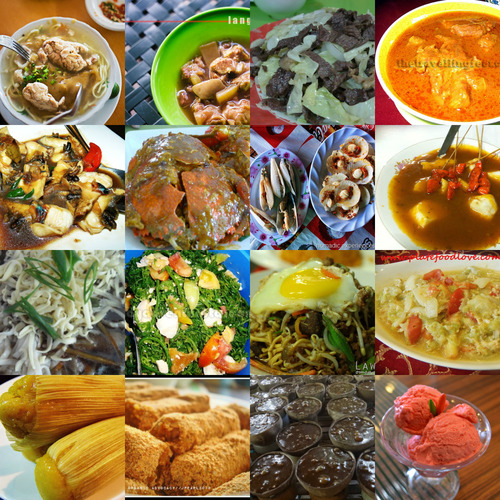
Our first stop is in the Ilocos Region. If you heard about the Ilokanos, the first food idea to enter your mind is the Pinakbet, a mixture of vegetables simmered in bagoong, a paste/sauce from a fermented fish or shrimp. But aside from pinakbet, you can also try the famous Puqui-Puqui of Ilocos Norte. The dish name may sound a bit weird but Missy of soleofmissy.com will definitely recommend the dish which is a kind of tortang talong (eggplant) with a lot of sliced tomatoes and onions. Going down to Dagupan City, Pangasinan, another fast-rising delicacy makes Mica of senyorita.net revisit her town. Pigar-pigar, a dish composed of thinly-sliced meat with liver and cabbage.

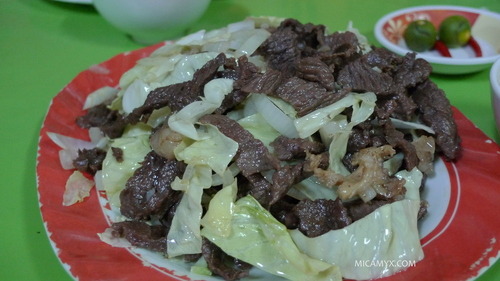
From Region 1, let’s go the highlands. The first time I tried this dessert from Sagada, I fell in love with its unique tangy taste. I’m talking about the famous Lemon Pie. We only have the common apple, pineapple, egg pies here in Manila but man; this will make you go back to Sagada!
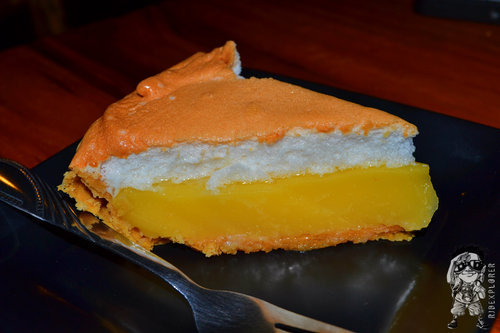
Going to the other side of Luzon, Cagayan Valley in Region 2, has a snack having a unique name that also attracts everyone to try it. Pansit Batil Patung is a regional treat of Tuguegarao City having a noodle topped with an assorted mix of vegetables such as mongo sprouts, beans, carrots and diced beef and pork meat and liver and lastly a medium cooked egg to top it off. Oman of lawstude.net likes it with a soup stock on the side.
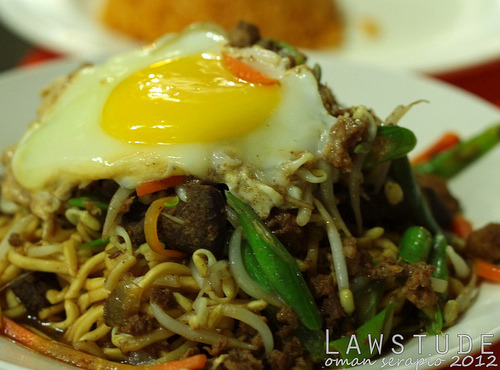
Central Luzon, on the other hand, is known to be a must food destination because of the presence of the province of Pampanga with a diverse selection of food offerings. But, what enticed me is this food discovery of Mervin of Pinoy Adventurista of a salad in Baler, Aurora. Fern, pako in Tagalog, is garnished with tomatoes and sliced salted egg to produce the native salad “Ensaladang Pako”. Visit his post for you to learn how to prepare this food sighting.
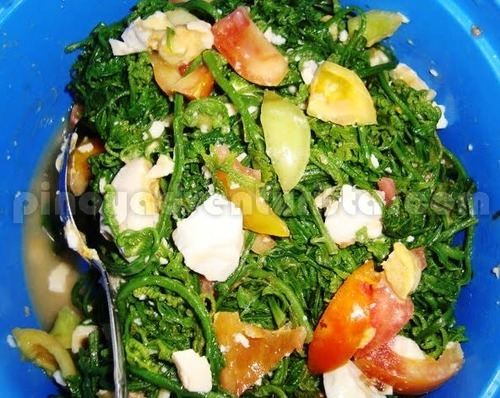
From a native salad, let us go to a unique ice cream flavor in Bicol Region. Known for their spicy Bicol Express and laing, Bicolanos created a way to incorporate this spicy flavor to a famous dessert. A spicy and hot sensation will be felt immediately upon your first serve for the sili ice cream. Another food that Bicolanos discovered is the Kinalas, a popular noodle dish in Naga City. What makes the noodle dish unique? One of the ingredients is pork brain! “Kinalas refers to the meat which is removed (thus, kalas) from skinned and boiled pork’s head cut in half. It is laman (meat) stripped from that part. It has the typical noodles used in mami, a popular dish that is found around the country,” as explained by Estan of langyaw.com.
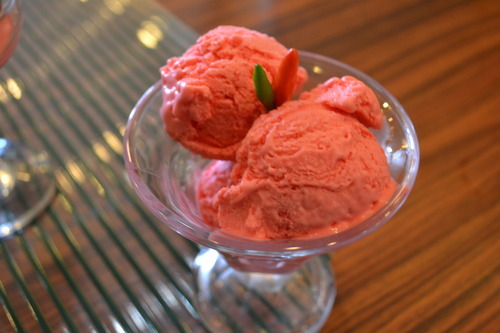
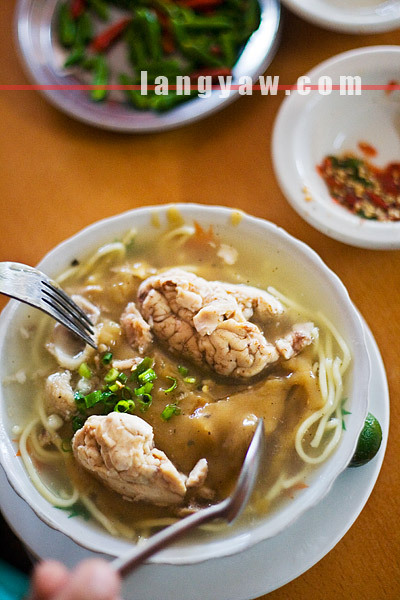
Let us now navigate to the Visayas. Like Luzon, Visayas has also famous food such as the Lapaz Batchoy of Iloilo and Chicken Inasal of Bacolod. But wait, there’s more! Like the Ifuben of Antique, a kind of noodle that look like pancit canton having a lot of cheese on it. Grasya of grasya.com found the best place to get this food, check out her post. Still on Panay Island, Marky of nomadicexperiences.com feasted on Diwal Shells during his visit to Roxas City.
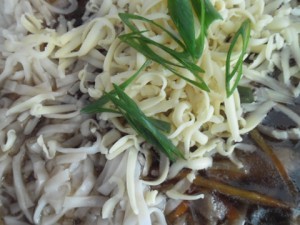
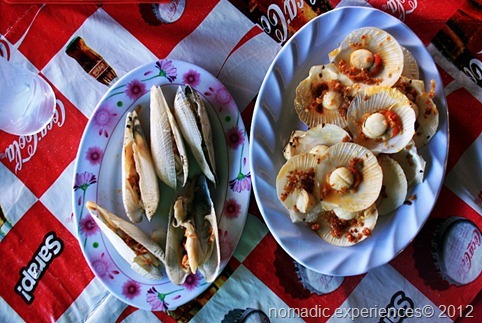
From Western Visayas to Central Visayas. The island province of Cebu is known for the famous Cebu Lechon and dried mangoes. But aside from these, a soup with strange ingredients resides in the province. I’m referring to Lansiao, commonly known as Soup #5, or to make it short, bull testicle soup. You can taste the soup with Estan’s documentation here.
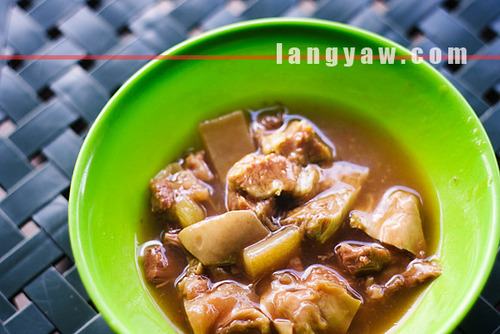
Visayas is also known for desserts and pasalubongs such as the silvanas of Dumaguete, barquillos of Iloilo, and piaya and biscocho of Bacolod. But a certain sweet is being made with a certain labor of love in Bohol found by Claire of iamtravelinglight.com. Calamay, which is already known in different areas around the country, is a sweet delicacy made from glutinous rice, coconut milk, and brown sugar. The difference of the calamay in Jagna, Bohol is that it is presented in a way such as the “sundot kulangot” of Baguio City. After about hours of continuously stirring the calamay on a large kawa, it will be then poured in coconut shells for packaging.
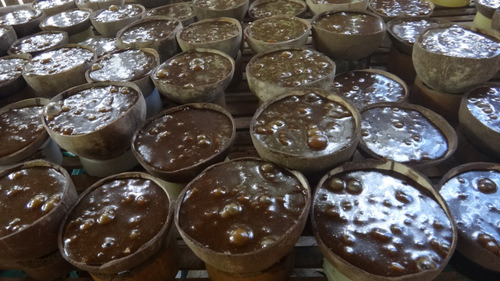
From Visayas, let us proceed to Mindanao. I’ve never been to this area of the Philippines and I have no idea what food to try. But food recommendations include the Sahang and Binaki in the CARAGA Region. These are food discoveries of our resident blogger in the region Jeffrey of travelingmorion.com. Sahang is a sea snail which is abundant in the bodies of water of Surigao. For dessert, the famous delicacy Binaki or sometimes called Pintos, is a must try when your visit Misamis Oriental. The delicacy is made of ground corn, milk, and sugar. An organic food is also present in the region of SOCSKSARGEN with a dessert made of sweet potatoes, sunflower seeds, molasses and muscovado (cane sugar) for nutri-boost meal.
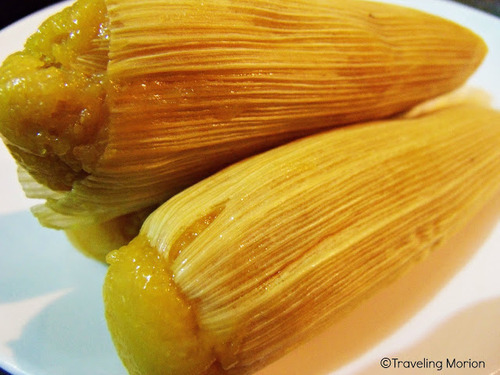

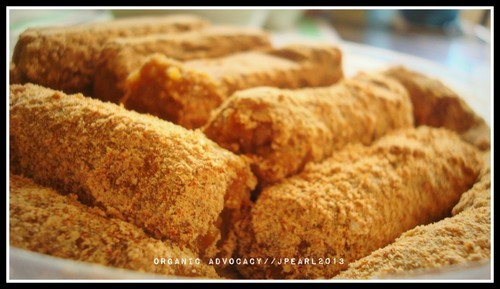
Distant from that region is Davao where you can taste the authentic Bulca Chong. This dish was discovered by Doi of travellingfeet.com when she wanted to taste an authentic food when she visited the locale. Bulca Chong is a gingery flavored soup with carabao meat. Check out Doi’s food experience here.
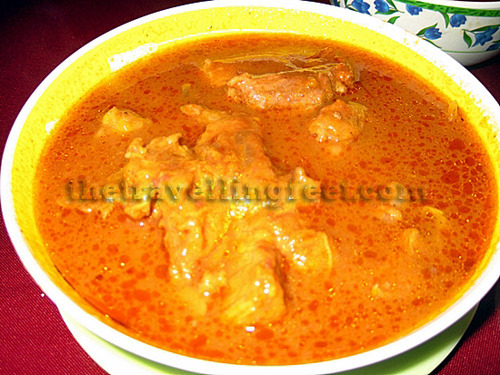
Travel to Zamboanga is incomplete without trying out their Satti. Satti is a thick soup served with sticky rice- cooked inside a coconut leaf and paired with several sticks of grilled beef or chicken meat. The beef and chicken served are halal, an assurance that the method of slaughtering is humane and follows strict rules that is consistent with universal health standards. You can read about the whole article of Linda here. Still in Zamboanga and to end our food tripping experience is the curacha. Curacha is a spanner crab and uniquely found in the deep waters of Jolo.
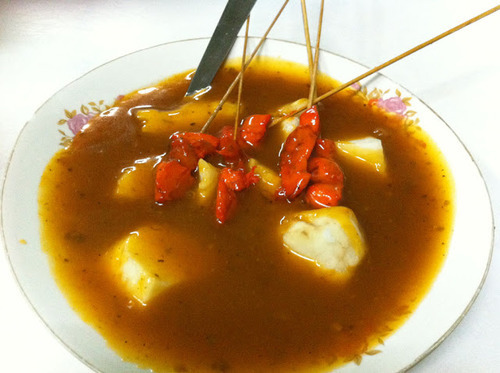
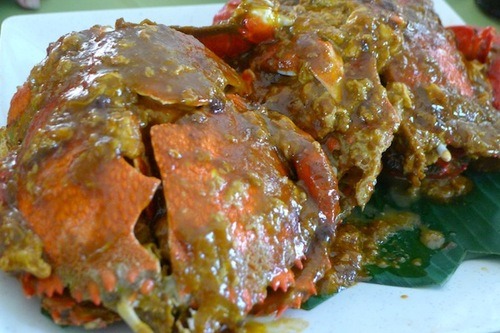
These food from the different parts of the nation really show that Philippines has a rich culture which affects the way Filipinos prepare and cook these food. Due to its diversity, it is one of the factors that attracts the interests of other nationalities to visit the country and experience the local cuisines available. Have you already tried the dishes mentioned above? If not, don’t forget to try one when you visit the places that offer these authentic local food fares.

